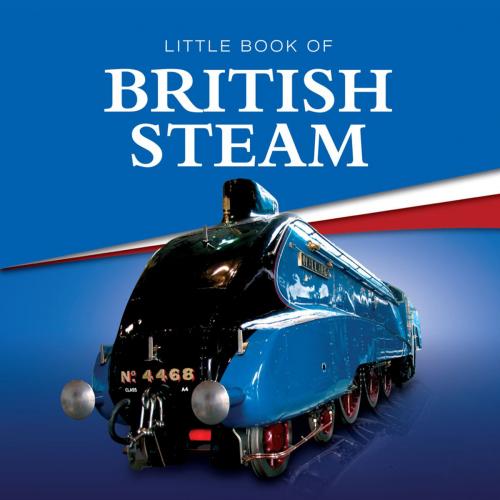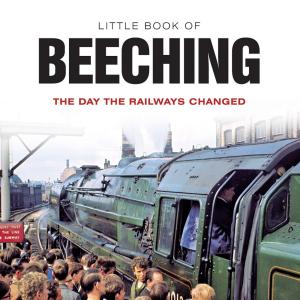Little Book of British Steam
Nonfiction, Reference & Language, Transportation, Railroads, History, British| Author: | Charlie Morgan | ISBN: | 9781910270998 |
| Publisher: | Demand Digital Limited | Publication: | June 17, 2014 |
| Imprint: | Language: | English |
| Author: | Charlie Morgan |
| ISBN: | 9781910270998 |
| Publisher: | Demand Digital Limited |
| Publication: | June 17, 2014 |
| Imprint: | |
| Language: | English |
For more than 100 years, steam locomotives were the most technologically advanced form of power and transport dominating the railways and were often described as the “heart-beat” of the UK. The earliest railways used horse-power to pull carts along the track, but the age of steam was just beginning to take shape and locomotives were in development as early as the 1700s.
First came Richard Trevithick with a locomotive of limited success on a narrow gauge tramway, but it was George Stephenson’s Rocket in 1829 that was to set the stage for steam. Although primitive initially, the ideas of using two tracks, proper stations, timetables and signalling came from the Liverpool and Manchester Railway. It was to change both the commercial and social outlook of the industry.
In addition, travel by rail was safe given that speeds were moderate, if not slow. But the commercial success of the railways was far from slow and the impact was nothing short of phenomenal. In fact, put simply, steam locomotives and the railways that carried them changed the world.
For more than 100 years, steam locomotives were the most technologically advanced form of power and transport dominating the railways and were often described as the “heart-beat” of the UK. The earliest railways used horse-power to pull carts along the track, but the age of steam was just beginning to take shape and locomotives were in development as early as the 1700s.
First came Richard Trevithick with a locomotive of limited success on a narrow gauge tramway, but it was George Stephenson’s Rocket in 1829 that was to set the stage for steam. Although primitive initially, the ideas of using two tracks, proper stations, timetables and signalling came from the Liverpool and Manchester Railway. It was to change both the commercial and social outlook of the industry.
In addition, travel by rail was safe given that speeds were moderate, if not slow. But the commercial success of the railways was far from slow and the impact was nothing short of phenomenal. In fact, put simply, steam locomotives and the railways that carried them changed the world.















